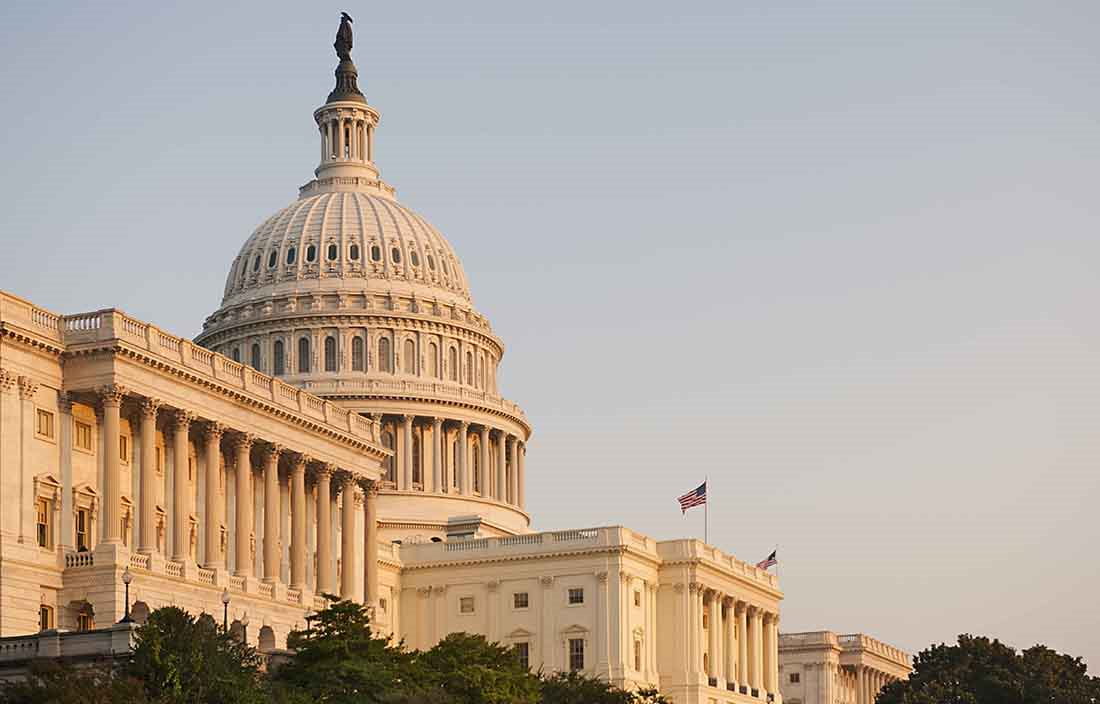On Jan. 6, 2022, the U.S. Department of Treasury issued the final rule for the Coronavirus State and Local Fiscal Recovery Funds (SLFRF) provided under the American Rescue Plan Act of 2021.
Some of the significant changes to the four broad uses included in the final rule are as follows:
- Responding to the negative economic impacts of the public health emergency1 – The final rule provides clarity on:
- The use of funds for capital expenditures that support an eligible COVID-19 public health or economic response, such as building affordable housing, childcare facilities, hospitals, early learning services, and services to address learning loss available to any impacted household.
- The list of enumerated eligible uses, in response to the disproportionate public health and economic impacts of the pandemic on certain communities, including subsidies for health insurance, paid sick leave, investment in neighborhoods that promote health and safety efforts, investment in small businesses, and services to address vacant or abandoned properties2.
- Bolstering government employment to enhance public sector capacity by allowing governments to hire back employees up to 7.5% above the pre-pandemic baseline, restore pay reductions or furlough rates, maintain current compensation levels to prevent layoffs, and other employment retention incentives.
- Responding to essential workers — Where the interim final rule provided premium pay to workers who have been and continue to be relied upon to maintain continuity of operations of essential critical infrastructure sectors, the final rule broadens the pool of eligible workers who can receive premium pay without written justification while continuing to focus on low-income and front-line workers.
- Government services to the extent of revenue loss — Recipients now have the option to either determine the extent of revenue loss by formula or by taking a one-time standard allowance of up to $10 million during the period of performance. The selected method must be consistently applied for the entire period of performance. In addition, where the interim final rule required the revenue loss calculation formula to be based on the calendar year-end, the final rule allows for revenue loss to be calculated on either the calendar or fiscal year-end3. The final rule also adjusted the revenue loss formula to include revenue from certain utilities and amended the growth adjustment to be the greater of 5.2% (previously 4% under the IFR) or the average annual growth rate.
- Making necessary investment in water, sewer, or broadband infrastructure — The final rule establishes that funds may be used for modernization of cybersecurity for existing and new broadband infrastructure, regardless of speed delivery standards, which includes modernization of hardware and software. Treasury also encourages recipients to support broadband networks owned or operated by, or affiliated with local governments, nonprofits, and cooperatives. Finally, the final rule allows for an expanded list of water and sewer infrastructure projects, such as dam and reservoir rehabilitation, stormwater, and private well projects, and for remediating lead in water.
Other changes or expanded guidance provided in the final rule
- If a recipient has taken significant action prior to Jan. 6, 2022, toward making deposits into its Unemployment Trust Fund or has made a deposit prior to April 1, 2022, the recipient will not be subject to limitations on reduction of benefits included in the final rule4.
- The final rule defines “low income” as income at or below 185% of the Federal Poverty Guidelines (FPG) based on household size or income at or below 40% of the Area Median Income (AMI). Further, the final rule defines moderate income as income at or below 300% of FPG or income at or below 65% of AMI. For any significant steps for programs, services or projects taken before Jan. 1, 2022, or funds obligated prior to April 1, 2022, recipients may continue to use eligibility criteria for low-income and moderate-income households consistent with the interim final rule.
The final rule is effective for recipient state, territorial, local, and tribal governments on April 1, 2022. Until that time, the interim final rule remains in effect. Any funds used consistently with the interim final rule while it’s in effect will be considered in compliance with the SLFRF program.
An overview of the final rule can be found here on the U.S. Treasury website, and an FAQ document is expected to follow soon. Be sure to subscribe for additional in-depth analysis of Treasury’s final rule.
What to read next: State and Local Fiscal Recovery Funds’ New 2023 Interim Final Rule: What you need to know
1 Though overall eligibility standards apply, each subcategory of response to the negative economic impacts of the pandemic has specific nuances. Therefore, recipients should first determine the subcategory (public health, assistance to households, assistance to small businesses, assistance to nonprofits, aid to impacted industries, or public sector capacity) in order to apply criteria specific to each subcategory.
2 See final rule for framework provided for determining whether a capital expenditure would be eligible as a response to the public health emergency, including requirements to provide written justification for projects with actual or expected capital expenditures of $1 million or more.
3 Treasury has indicated it will be releasing additional guidance for those recipients needing to adjust prior calculations for changes in the calculation date.
4 The final rule establishes that recipients may not take action to reduce the average weekly benefit amounts or reduce the number of weeks of benefits payable. See final rule for additional information on maximum benefit entitlements.





